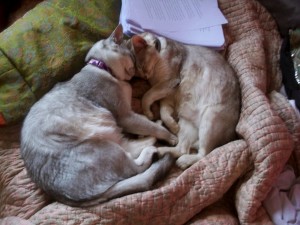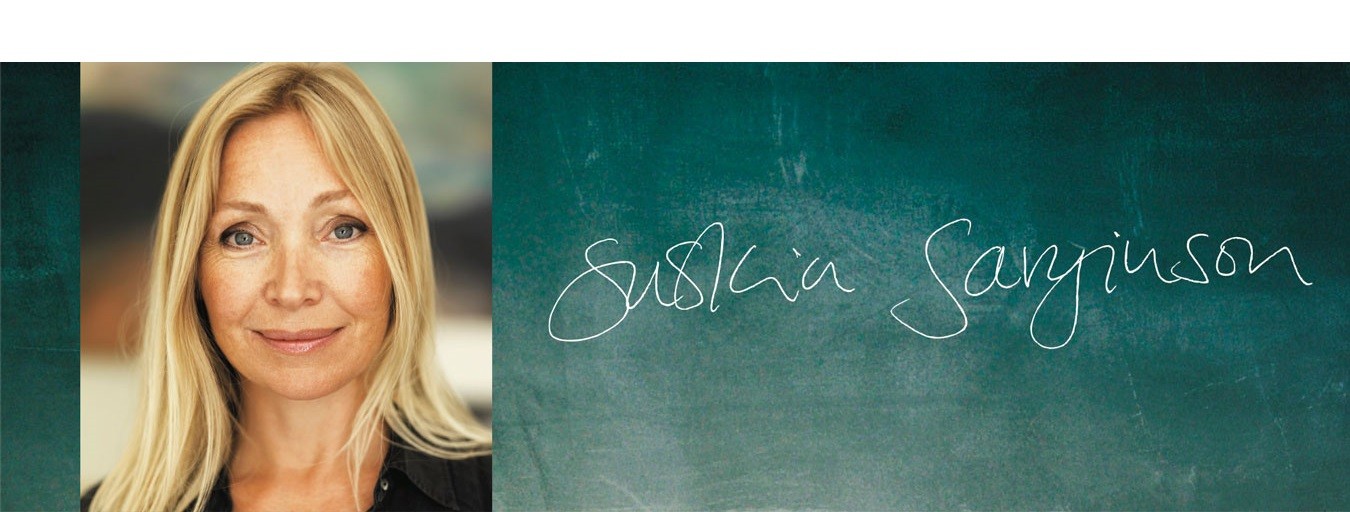
I am not a tidy worker. My desk is usually a mess of sprawling notebooks and bits of paper and unopened envelopes with vital things written on them; a collection of pens, most of which don’t work; hand cream, dictionaries; files full of hard copies of chapters; coffee cups and a large bottle of water that I force myself to drink. I think I was a camel in another life.
I make notes in lots of different notebooks. I have one in every bag, beside the bed, in the car. I panic if I find I’m without one. (Hence the envelopes.) I begin by researching the place and era that I’m setting the novel in, and also jot down ideas to develop my characters. I work out timelines. I begin to sketch out scenes. All of this looks scrappy and disjointed, but the book begins to come together in my head as a feeling, a colour, almost a sense of things remembered from another life.
Then comes the hard part. Putting words onto an empty screen. I make time-lines and construct a loose plan. I sketch out rough scenes with pen and paper that will build the narrative; then I develop those scenes onto my laptop. I play around with what I’ve got and edit a bit, but if I think I’m going in the right direction I’ll add another chapter as I like getting things down fast. It’s a strange process. I definitely write from instinct. I try to keep things fluid, feeling my way, so there are times when I realise that I’m going in the wrong direction or don’t need a particular character’s voice and then I lose pages of work.
The world in my imagination gets stronger and more intense as the months go by, the characters stepping off the page and making their own decisions. It’s at this point that I go back and weave in new details, things that have only become apparent to me through the process of writing the story out. It’s very addictive. The last stage, after getting a first draft, is my favourite bit. I get the chance to discuss the book with Emma, my editor, and she gives me her thoughts. It takes me about four months to edit a book and the changes I make at this stage are all-important.
My working day starts after my youngest son has gone to school and I’ve run or walked the dogs around the park. I sit down mid-morning with a cup of coffee and begin. The dogs usually lie around on the floor, and a cat may stroll across my desk – I keep ‘saving’, as a cat on the keyboard has been known to delete paragraphs! I try and have at least four hours of undisturbed writing time. Towards the end of a book I can work for longer periods, going back to my laptop after doing tea for everyone and writing into the night. Of course, it’s not always as simple as this – life gets in the way. There’s the usual domestic stuff to contend with, and the odd drama or crisis. But without living there are no stories!
